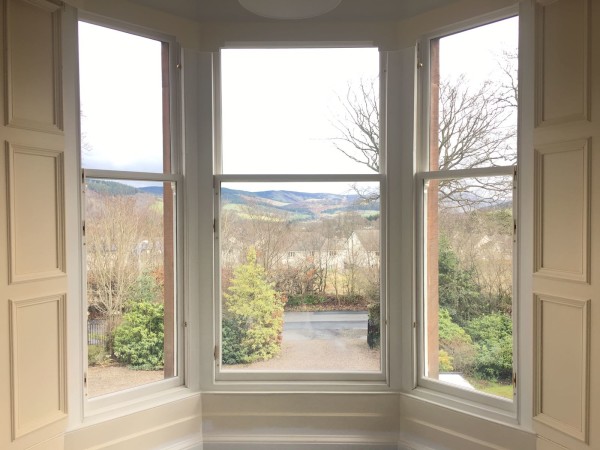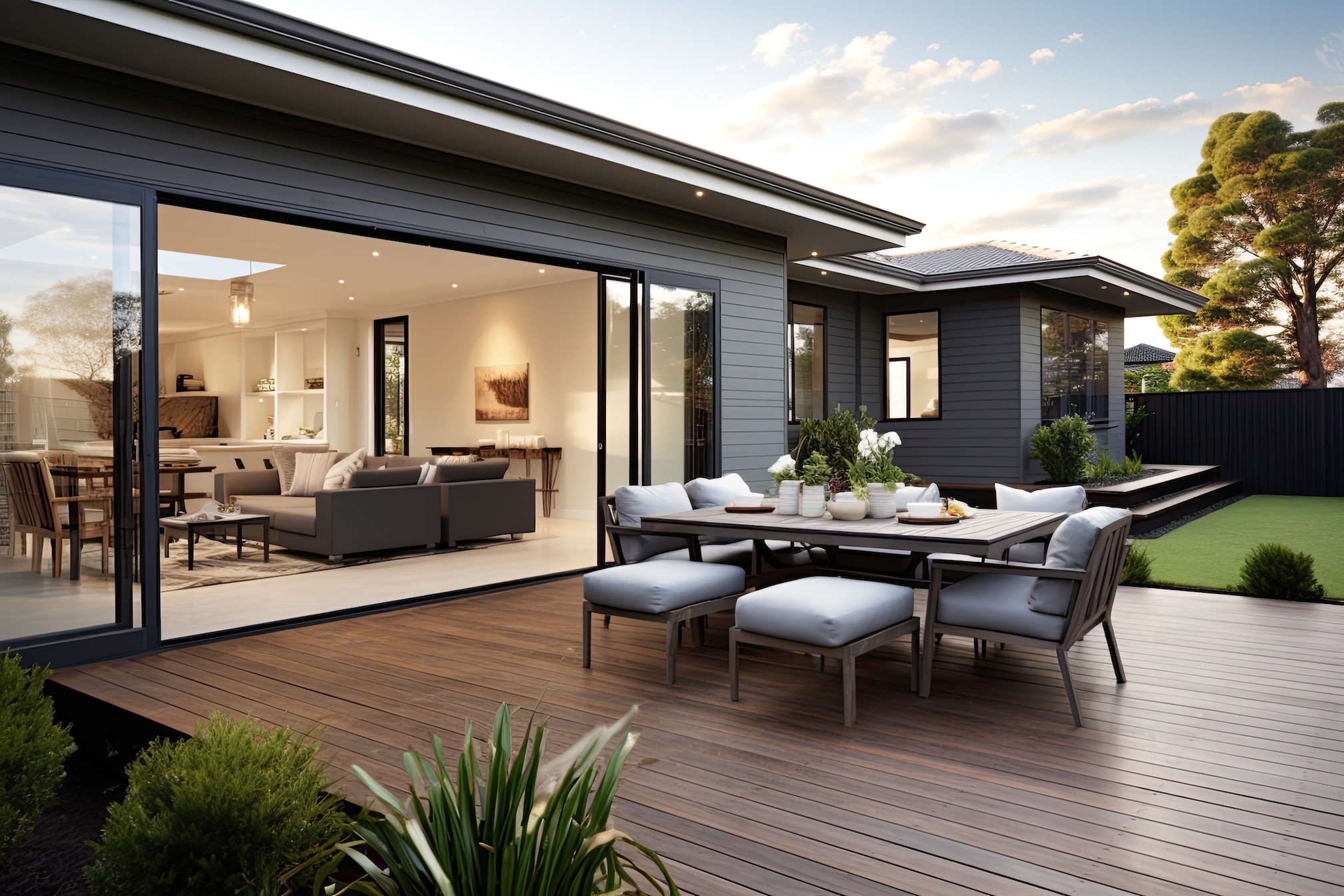
Living in a listed building is both a privilege and a responsibility. While the period property may be your home – and no doubt a very special one at that – it is also your job to protect its architectural or historical interest for posterity.
When it comes to making alterations to your property, you will need to obtain listed building consent before you can start the work. It is in fact illegal to carry out any unauthorised building works, with stiff fines in addition to the prospect of having to pay for undoing the damage. If you’re planning to make any structural or aesthetic changes, make sure you seek advice from your local Conservation Officer to see whether consent will be needed, and what type of alterations are likely to be most acceptable.
Window Alterations
Windows are a case in point. If your property is Victorian, Edwardian or Georgian, or sometimes from earlier periods, sash windows will be a main feature of your home. But what are your options when your original windows don’t open or close properly, are draughty or are simply showing signs of age?
Of course, windows do much more than just keep the weather out. They’re architectural features that imbue your property with its historical character through their design, materials and workmanship. Any plans for alterations here are bound to be viewed with extreme caution by your local authority.
Your starting point should be to do some thorough research to gain a good understanding of the history of your house. You may have historic glass in the frames, which is very rare, meaning there will be restrictions on what you can do about changing the glass.
Window frames, too, are likely to pose a problem. If it can be shown that serious craftsmanship has gone into the original windows, they’re likely to be rather valuable, which will carry with it some restrictions on what you can and can’t do. That said, if the windows in your home have been replaced in the past, they may not add to the historical interest of the building. In this case, it may be easier for you to replace them in the future. Check WCMA Window & Door for more details.
Fitting new windows is always a contentious issue that should be raised with your Conservation Officer. According to Historic England, new windows ‘need to comply with minimum energy efficiency requirements as part of the Building Regulations (Part L). This can be achieved either with double glazing or secondary glazing. For listed buildings and buildings in Conservation Areas a case can be made for exemption where complying with required standards would unacceptably alter the character and appearance of the window.’
Repair or Replacement
The official view is that windows of historical interest must be retained wherever possible using careful matching repair, with a complete replacement only recommended as an absolute last resort. Actually, it’s usually cheaper to repair traditional timber windows than to replace them while keeping the original glass.
Specialist sash window restoration companies will have the skills to repair, renovate and preserve virtually any original window. Expert craftsmen can piece in new sections to match the original timber profile, replace window sills, install new pulleys and outer linings, renew cords and beads.
Draught proofing
Draught proofing can be an issue. Whether the wind is whistling through your windows, they’re rattling or a problematic source of heat loss, it may be because the old building has distorted over time as a result of thermal movement and settlement. Often, sash windows hold their shapes better than the window frames, leading to gaps or sticky sashes inside the frame, which will need to be addressed. Specialist sash window repair companies can carry out complete sash window renovations, including draught proofing, to give your windows a new lease of life.
Internal draught proofing may be another way to deal with the problem. If double glazing is deemed unsuitable because it results in the loss of the historic fabric of the property, internal secondary glazing may be an option. Finally, there’s nothing wrong with resorting to traditional tried and tested techniques such as heavy curtains, insulated blinds and window shutters to reduce noise, prevent draughts and keep the warmth in the house.




 POSTED BY
POSTED BY 

